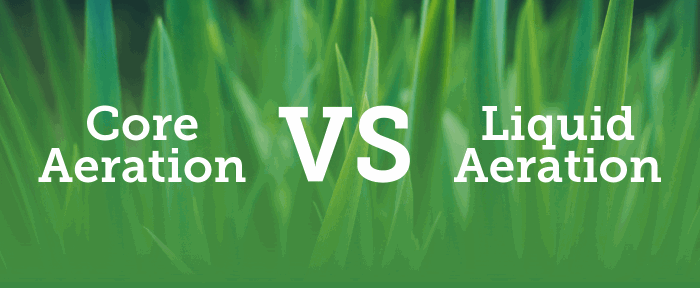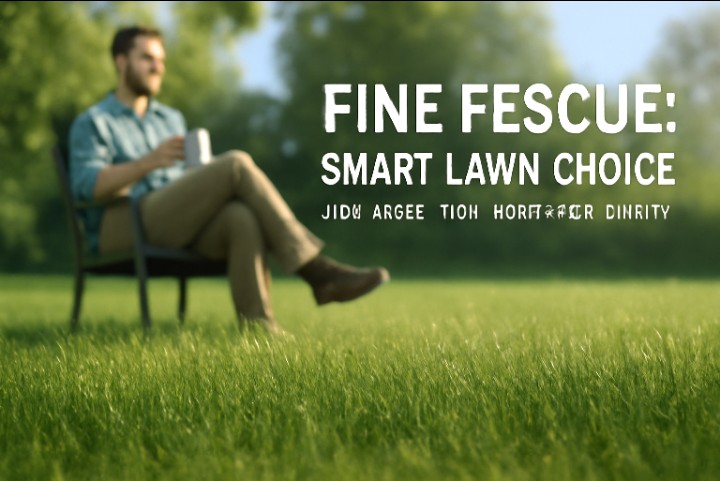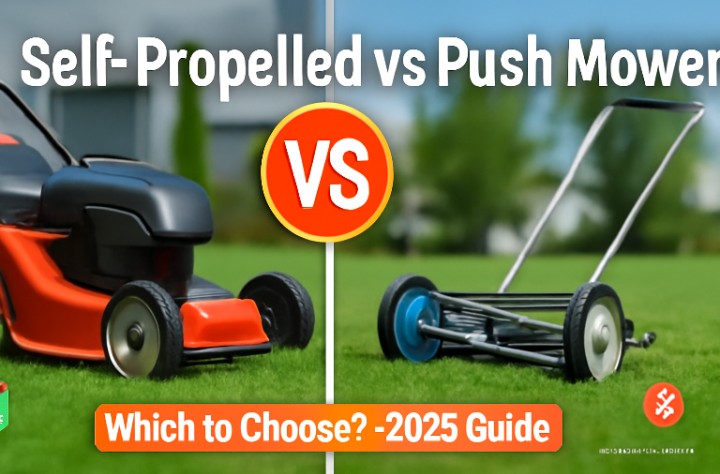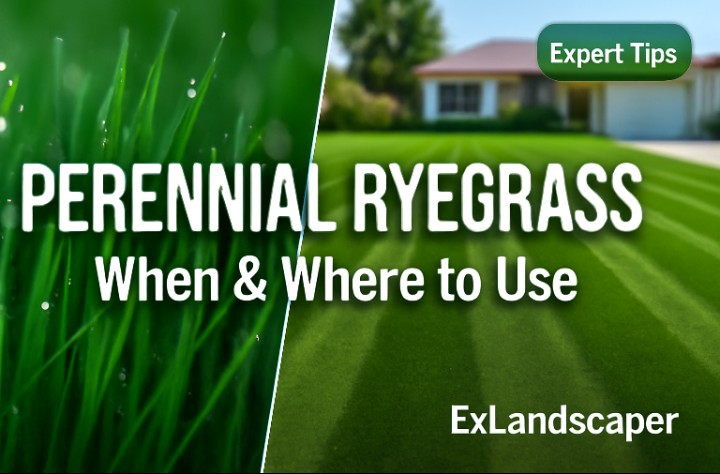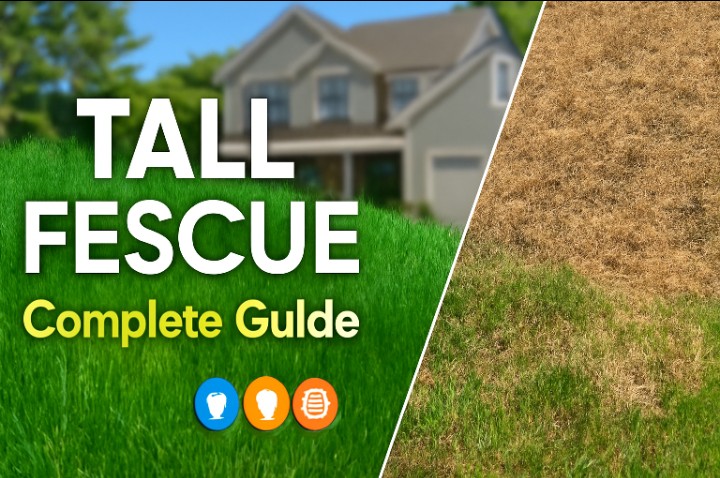Your neighbor’s lawn looks incredible while yours struggles with brown patches. The difference might be proper soil aeration.
Two methods dominate today is lawn care world. But which one actually works for busy homeowners?
What Is Lawn Aeration and Why You Need It?
Aeration is all about perforating soil. The process allows air, water and nutrients to penetrate the root zone more efficiently. Think of your soil like a sponge that’s been squeezed too tight.
Soil compacts with lots of foot or vehicle traffic. When this happens, your grass literally suffocates. Water runs off instead of soaking in. Roots can’t breathe or spread properly.
Proper aeration makes the difference between the neighborhood eyesore and the envy of all turf lovers. That is not an overstatement. It provides grass with space to develop strong roots, resulting in hardier grass.
The benefits go deeper than surface beauty. Lawn aeration also works to promote the healthy development of topsoil or humus. Overall lawn aeration improves the quality of your soil from top to bottom.
Understanding Core Aeration The Traditional Method
Simply put, it is the process of using a machine to remove 2-inch to 3-inch soil plugs from your lawn. Picture a machine punching holes and pulling out small cylinders of soil.
Here is exactly how it works: Core or plug aerators, typically preferred by lawn professionals, use rows of hollow tines that remove plugs of soil from your lawn and deposit them on top, where they break down.
Don’t worry about those messy plugs scattered across your lawn. These plugs are left behind to break down and enrich the soil, while the holes improve airflow, water, and nutrient penetration for stronger grass growth.
How Core Aeration Benefits Your Lawn
The process works in two ways. First the holes being made throughout the lawn with a piece of machinery called a core aerator do help break up the soil compaction. The holes that are made throughout the lawn are helping to loosen the soil.
Water penetration improves dramatically. Compacted soil often leads to water runoff, meaning the water can not penetrate deeply. Aeration creates pockets that allow water to seep deeper into the soil, reaching grass roots. This deeper watering creates stronger root systems and reduces water waste.
For overseeding projects, core aeration is perfect. Core aeration helps lawns become fuller but it also encourages new seedlings to take root so that grass can sprout. Most people who enjoy the benefits of core aeration prefer to lay down new seed at the same time. Seeds fall into the holes at perfect planting depth.
The soil plugs provide bonus benefits too. These plugs act as a natural top dressing and help decompose thatch. Core aeration is the method of choice for lawn pros because it effectively loosens the soil.
When to Schedule Core Aeration
Aeration should be done every year or every other year, depending on the severity of your lawn’s condition. Timing matters for best results. This is done to improve drainage, increase oxygen levels and promote a healthy growing environment for turfgrass.
Liquid Aeration The Modern Alternative
Choose a modern, noninvasive alternative to traditional aeration. It will improve soil structure, enhance water and nutrient absorption, and promote healthier root systems. One treatment can work from Spring through Fall.
Instead of physical holes liquid aeration uses chemistry. They break apart tightly packed soil particles at the microscopic level. This loosens the soil and helps the roots access nutrients.
The Science Behind Liquid Aeration
More specifically They lower the surface tension of water, allowing it to penetrate the soil rather than pool on top. They also help it move through the soil more easily. Think of it like adding soap to greasy water everything flows better.
Gravity becomes your friend with liquid treatments. As a liquid flowing freely in your soil, gravity will continue to pull the solution down until it is absorbed fully. This deep penetration means healthier roots and more nutrition for your lawn. It also prevents puddles and standing water.
Liquid Aeration Benefits
The process creates pore space throughout the soil, allowing more air, water and nutrients to absorb deeper within the soil profile, which promotes a healthier lawn by promoting root depth.
The advantages extend beyond soil improvement. Liquid aeration opens up numerous holes throughout the soil to break it up and reduce soil compaction. Other benefits of liquid aeration include Is eco-friendly. Is easy to use and apply. Creates less risk of damage to underground sprinkler systems. Is neater than core aeration.
The Liquid Lawn Aerator is a powerful biological that alleviates the effects of compaction, increases nutrient availability. Biology works alongside chemistry for soil improvement.
Application Benefits
Aeration helps increase a lawn’s access to water, air and nutrients so that it can thrive and grow strong healthy roots. The process has many benefits, including increasing soil moisture and softness, promoting even grass growth, improving drainage as the soil absorbs water more effectively.
Direct Comparison Which Method Works Better?
The effectiveness depends on your soil type. Liquid aeration can increase water penetration in dense clay soils, helping mechanical aerator tines to penetrate compacted soils more effectively. Clay soil responds well to both methods.
For overseeding projects timing matters. It is better to aerate before rather than after overseeding your lawn and core aeration is more beneficial. When you core aerate you pull soil plugs that create ideal seed placement.
Professional Industry Perspective
Landscape professionals are increasingly asking what type of aeration service to provide to clients. Core aeration has been the standard for years but more companies are adding liquid aeration to their services.
Real homeowners want answers too. Forum users frequently ask “Has anyone had any experience with liquid aeration? Is it really better than core aeration?” This shows genuine confusion about the best choice.
Users want to make the best choice for your lawn when deciding between methods. The decision is not always clear cut.
Combined Approach Using Both Methods
Smart homeowners don’t always choose just one method. Discover the benefits of core and liquid aeration for a healthier greener lawn. Learn how combining both methods can transform your grass into a thriving lush landscape.
This approach makes sense for different seasons or soil conditions. You might use core aeration in Fall for overseeding then liquid aeration in Spring for ongoing maintenance.
Making Your Decision Key Factors to Consider
There are several signs that indicate you should core aerate your lawn based on soil compaction levels. Assess your lawn’s current condition first.
Consider immediate versus gradual results too. Core aeration provides immediate physical relief for severely compacted soil. Liquid aeration offers gradual improvement through chemical and biological processes over time.
Budget plays a role in your decision. Professional core aeration typically costs more upfront due to equipment requirements. Liquid aeration products may cost less per application but need multiple treatments throughout the growing season.
Current Market Trends and Future Outlook
Liquid aeration is gaining attention as an alternative to traditional manual aeration with increasing consumer interest. The market shows steady growth for both methods.
More lawn care companies are incorporating both methods to meet diverse customer needs and soil conditions. Professional services are adapting to homeowner demands.
The lawn care industry continues evolving with new products and techniques. Both aeration methods have their place in modern lawn maintenance strategies.
The Bottom Line for Your Lawn
Both core and liquid aeration can improve your lawn when applied correctly. Your choice depends on soil condition, timing needs and personal preferences.
Core aeration delivers faster more dramatic results for severely compacted soil. Liquid aeration provides gradual improvement with less physical disruption and easier application.
The key is consistent soil maintenance rather than the specific method. Many successful lawns alternate between methods or combine both approaches throughout different seasons.
Your neighbor’s perfect lawn is not impossible to achieve. It just requires the right soil treatment strategy for your specific situation and consistent care over time.

